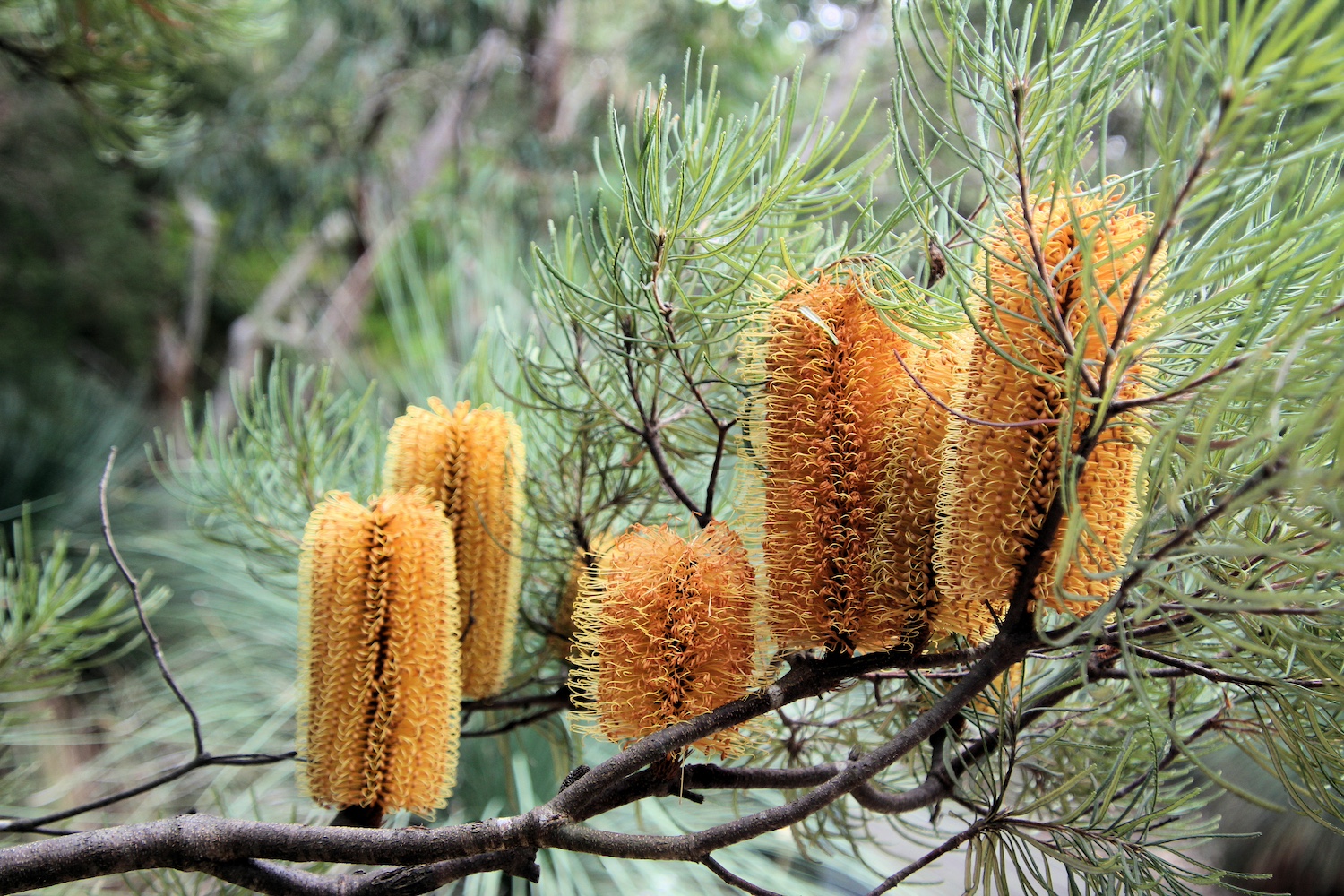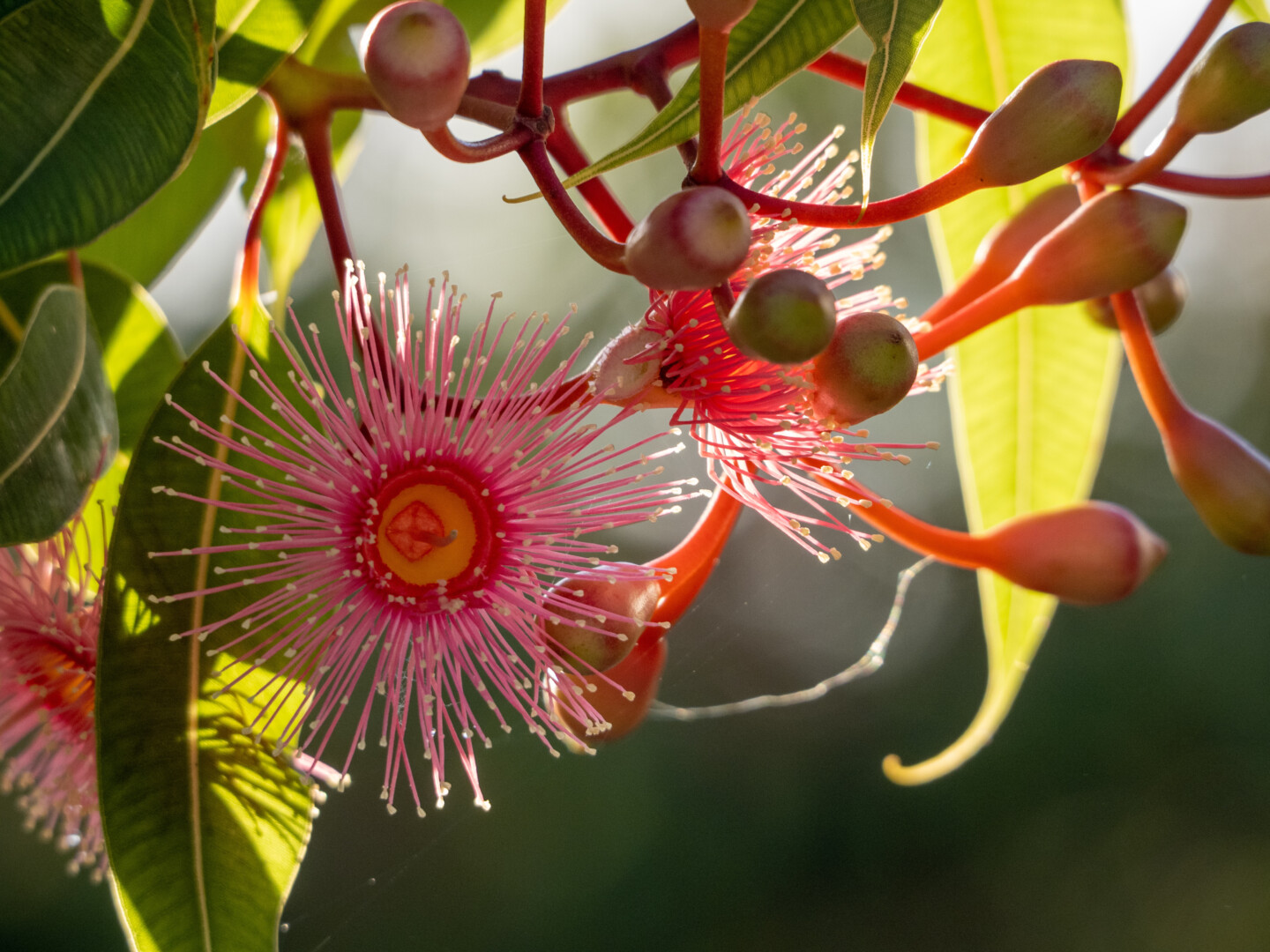This audio practice note and the collective document it describes are part of “narrative projects in support of trans lives”, and are the first to be published in this collection of work. Not to fix anything, but just to offer a millimetre of relief or breath or humour or companionship": A collective document about caring for trans community brings together many stories of care within and with trans community. Our hope is that this document will help connect readers to a sense of community and collective action, and will invite readers, regardless of gender identity, to join us in taking actions of care within a social context that is increasingly hostile to trans lives. These stories, reflection questions, and invitations describe and welcome a wide range of care, including small, personal, and beautifully imperfect actions taken by and alongside trans community.





































